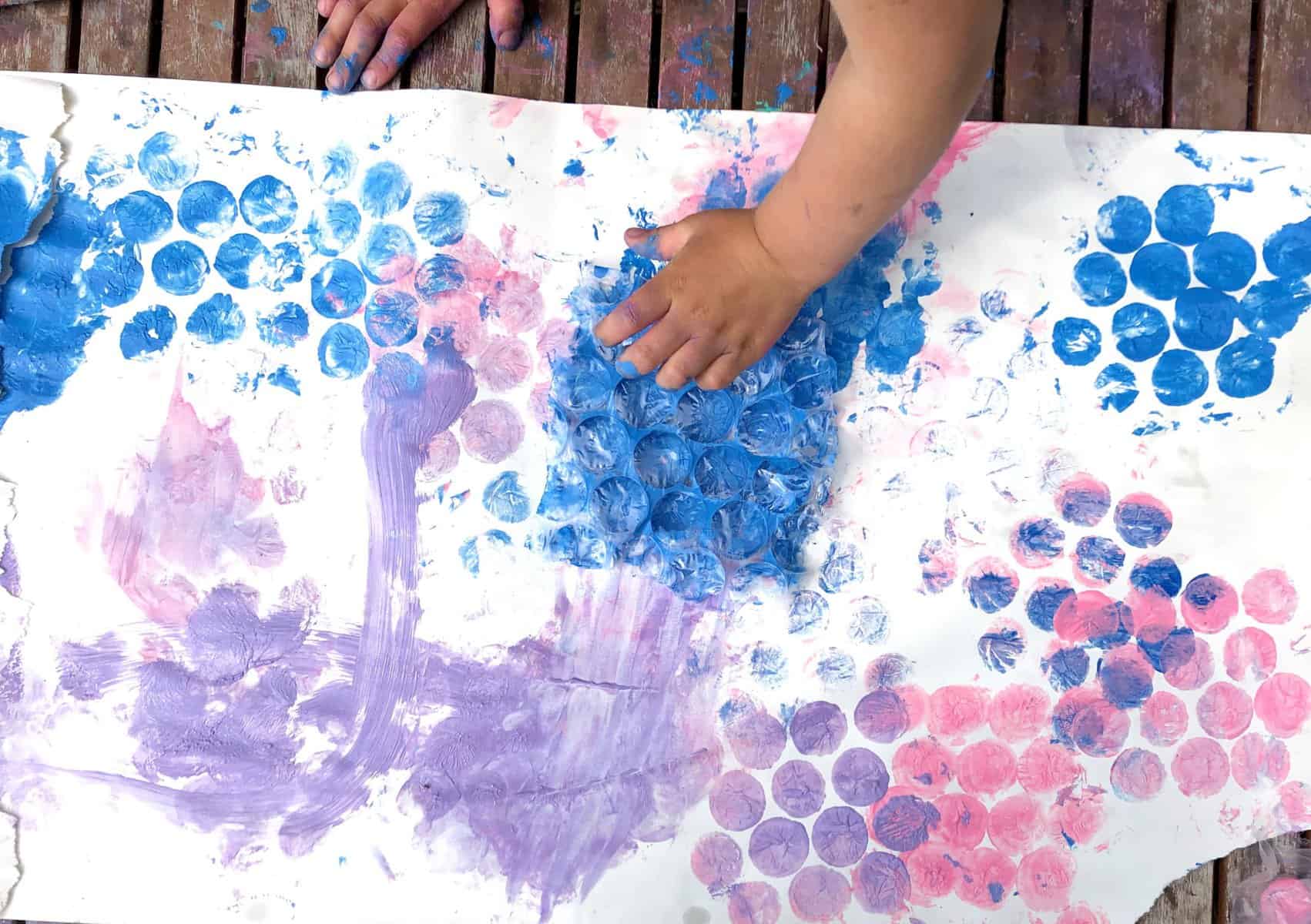Embark on a Colorful Journey: Preschool Art Painting Unveiled
Get ready to dive into a world of vibrant colors, imaginative shapes, and tactile experiences—welcome to the magical world of preschool art painting! As parents, we understand the importance of fostering creativity in our little ones, and what better way to do so than with a brush in hand and a spectrum of paints on their palette? In this comprehensive guide, we’ll explore the delightful adventure of introducing your preschooler to art painting. So grab a smock, and let’s get those tiny hands ready to create some masterpieces!
Why Preschool Art Painting Matters
Before we get our hands messy, let’s appreciate the why. Preschool art painting isn’t just about making fridge-worthy keepsakes (although that’s a wonderful bonus!). It’s about:
- Enhancing fine motor skills through gripping brushes and making purposeful strokes.
- Boosting cognitive development by learning colors, shapes, and spatial relationships.
- Encouraging self-expression and emotional development as children communicate their feelings through art.
- Promoting creativity and divergent thinking, which are key components in problem-solving.
So, as you can see, this isn’t just play—it’s a pivotal part of your child’s growth.
Setting Up Your Preschooler’s Painting Space
Creating a child-friendly art space is step one in embarking on this artistic sojourn. You’ll want to establish an area that’s both inviting and practical. Here’s how you can get started:
- Choose the right location: Look for a space that’s well-lit and easy to clean. Tile floors or a drop cloth can save carpets from accidental spills.
- Gather your materials: Acrylics, watercolors, or washable paints are perfect for little artists. Don’t forget an assortment of brushes, sponges, and maybe a few unconventional tools like forks or cotton swabs for texturing fun!
- Storage solutions: Keep supplies organized and accessible with clear bins or a rolling cart. Labeling can be a fun way to introduce reading to the mix!
- Displaying artwork: Create a gallery wall or string up a line with clips to show off your child’s creations. This not only celebrates their work but also encourages ongoing creativity.
Non-toxic Paints: A Safe Palette for Little Hands
When it comes to preschoolers, safety is paramount. Non-toxic, child-friendly paints are a must-have. Look for labels that read “non-toxic” and “washable.” These paints ensure that your mini Monet can enjoy the art session without any worry. Natural options like homemade vegetable paints can also be a fun and eco-friendly alternative!
Art Tools: Brushes and Beyond
They may start with fingers before graduating to utensils, but having a diverse set of tools can expand their creative horizons. From traditional paintbrushes of different sizes to unconventional materials like sponges, stamps, and leaves, the options are endless. Encourage your child to experiment with different tools and techniques, such as:
- Stamping with shaped sponges or cookie cutters
- Dabbing colors with cotton balls or pom-poms
- Dragging combs or plastic forks through paint to make patterns
Remember, there’s no right or wrong in art, and that philosophy applies even more so at the preschool level!
Getting Started: Your First Painting Session
With everything in place, it’s time to introduce your preschooler to their canvas. Start simple. Show them how to dip their brush (or fingers!) into the paint and guide them with basic strokes. Celebrate their efforts, no matter how abstract the result might look. Most importantly, let them enjoy the process. The goal here is fun and exploration, not perfection.
Now that you’re equipped with the basics, let’s venture further into the colorful realm of preschool art painting. The journey has only just begun, and with each brushstroke, you’re not just creating art—you’re building memories and foundational skills that will last a lifetime. Stay tuned as we continue to delve deeper into the techniques, activities, and memorable moments that art painting with your preschooler can bring!

5 Things Every Parent Should Know When Preparing for Preschool Art Painting
Preparing for your preschooler’s art painting adventure can be as exciting as it is educational. Here are five essential things every parent should know to help their child get the most out of this creative experience:
1. Embrace the Mess
Art with preschoolers can be a messy endeavor, and that’s part of the fun! Dress your child in old clothes or a smock, and cover surfaces with newspapers or a plastic sheet. Emphasizing process over cleanliness allows children to focus on the joy of creation without fear of making a mess.
2. Choose Age-Appropriate Supplies
Select paints that are non-toxic, large paintbrushes that are easy to grip, and paper that can withstand a good soaking. Quality does make a difference in the ease of use and the final output, which can influence your child’s enjoyment and sense of accomplishment.
3. Keep Expectations Flexible
While you might imagine a beautiful landscape or a perfect flower, your child’s abstract blob is equally significant. Preschool art is about exploration and expression. Allow your little one to lead the way and take joy in their unique artistic choices.
4. Introduce New Techniques Gradually
Start with basic techniques like single brush strokes and mixing colors. Once comfortable, you can introduce more complex methods such as layering, textured painting, or printmaking. Each new technique is a step on their journey of creative discovery.
5. Celebrate Every Piece
Each artwork your child creates is a milestone. Celebrate and display their art to encourage their confidence. Even if the end product isn’t quite museum-worthy, the development and effort behind it certainly deserve recognition.
With these five points in mind, you are ready to support and nurture your preschooler’s artistic talents. Painting is not only an outlet for expression but a foundational tool for learning and development. So, let’s get those paints out and foster a love of art that can bloom alongside your child!
Get Involved: Joining Your Child in Art
Participating in art activities together is not just about guiding your child; it’s also about showing them that art is a shared joy. Sit down with them, pick up a brush, and let your inner artist out. This engagement shows your child that their interests are important and valued by you.
When to Step Back
While it’s essential to be involved, knowing when to step back and let your child explore independently is equally important. Independence fosters decision-making and confidence as your child navigates their own creative choices.
Understanding the Learning Process Through Art
Preschool painting is about more than just colors on a page. It’s about learning to see the world in new ways. Countless lessons are tucked into this playful activity, from the science of mixing colors to the physical dexterity required to hold and control a paintbrush.
Ready to begin? Your roles as facilitator, cheerleader, and fellow artist are about to make the world of preschool art painting an enriching experience for both you and your child. Let the creative adventure commence!
See more great Things to Do with Kids in New Zealand here. For more information see here
Disclaimer
The articles available via our website provide general information only and we strongly urge readers to exercise caution and conduct their own thorough research and fact-checking. The information presented should not be taken as absolute truth, and, to the maximum extent permitted by law, we will not be held liable for any inaccuracies or errors in the content. It is essential for individuals to independently verify and validate the information before making any decisions or taking any actions based on the articles.




